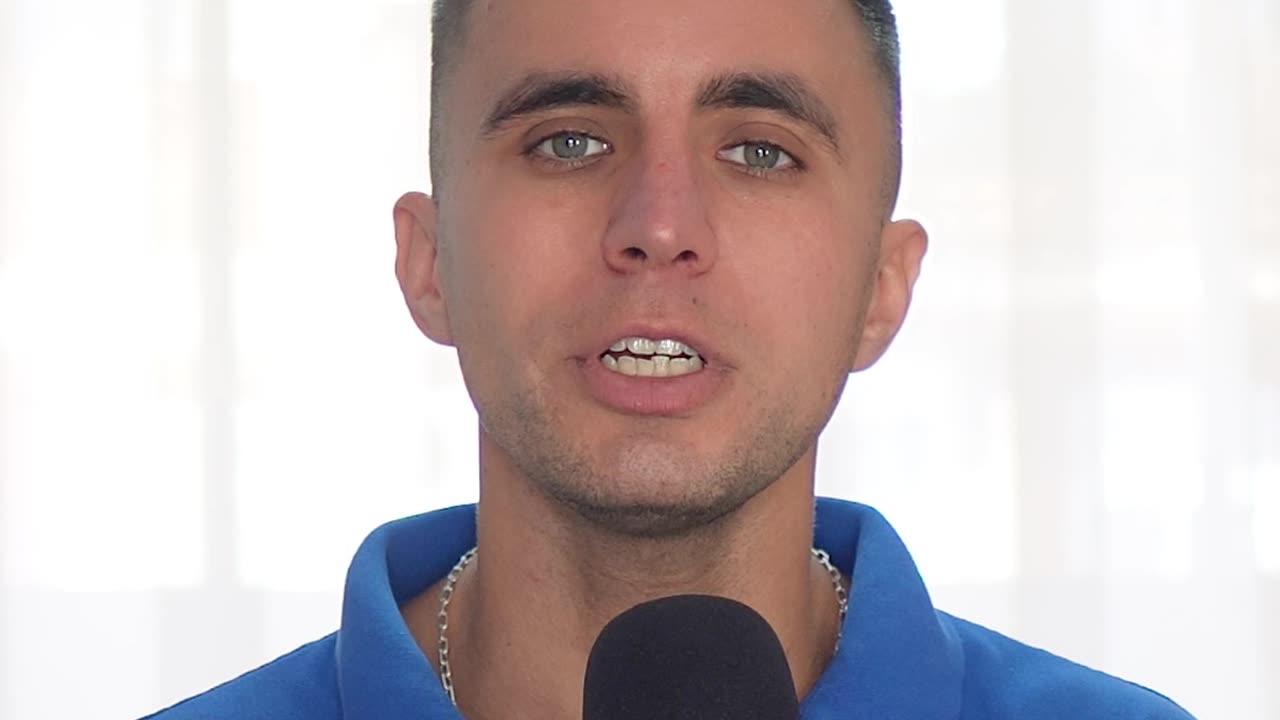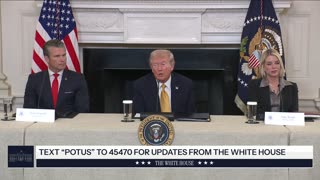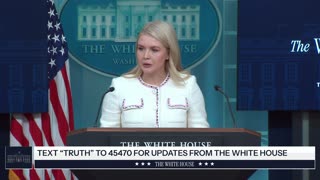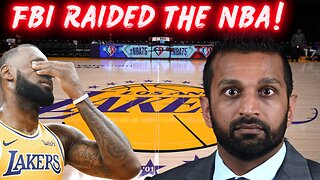Premium Only Content

What causes Myopia?
Myopia, commonly known as nearsightedness, is a refractive error of the eye that causes distant objects to appear blurry while close objects can be seen clearly. This condition occurs when the eyeball is too long in relation to the focusing power of the cornea and lens of the eye. The exact cause of myopia is not fully understood, but several factors are believed to contribute to its development:
Prolonged Near Work: Engaging in activities that require close-up focus for extended periods can strain the eye muscles. This continuous strain might contribute to the elongation of the eyeball over time, leading to myopia. The exact mechanism by which near work affects the growth of the eye is still under study.
Changes in Eye Biomechanics: Research suggests that alterations in the biomechanical properties of the cornea and sclera (the white outer layer of the eye) may influence the development of myopia. Changes in these tissues can affect the eyeball's shape and, subsequently, its ability to focus light properly on the retina.
Hormonal and Systemic Factors: Some studies have explored the role of hormones and systemic factors in the development of myopia. Hormones such as dopamine and melatonin, which are involved in the regulation of eye growth, may influence the progression of myopia. Additionally, conditions like diabetes and certain connective tissue disorders can impact the structure of the eye and contribute to myopia.
Nutritional Factors: Diet and nutrition may play a role in the development of myopia. Adequate intake of nutrients like vitamin D and outdoor activities, which provide exposure to natural sunlight, have been suggested to have a protective effect against myopia. However, more research is needed to fully understand the relationship between nutrition and myopia.
It's important to note that while these factors are associated with myopia, the condition is complex and likely results from a combination of genetic and environmental influences. Myopia often begins in childhood and can progress during the adolescent years when the eyes are still growing. Regular eye examinations, especially for children with a family history of myopia, are crucial for early detection and appropriate management of the condition.
-
 LIVE
LIVE
The White House
1 hour agoPresident Trump Makes an Announcement, Oct. 23, 2025
2,198 watching -
 1:04:21
1:04:21
DeVory Darkins
4 hours agoDemocrats PANIC by launching ICE doxxing portal as Newsom suffers MAJOR LEGAL BLOW
127K62 -
 LIVE
LIVE
StoneMountain64
3 hours agoBattlefield 6 Battle Royale Prep and Season 1 is coming
72 watching -
 42:20
42:20
Rebel News
2 days agoTommy Robinson tours Jerusalem's historic City of David
4.44K28 -
 12:05
12:05
Clintonjaws
7 hours ago $5.92 earnedPortland ICE Rioters Getting Arrested - This Is Priceless!
25K9 -
 1:10:52
1:10:52
The White House
4 hours agoPress Secretary Karoline Leavitt Briefs Members of the Media, Oct. 23, 2025
31.2K11 -
 48:40
48:40
iCkEdMeL
3 hours ago $3.20 earnedMafia Ties EXPOSED: NBA Stars Busted in Massive Gambling Ring 💥
17.2K7 -
 46:29
46:29
Professor Nez
3 hours ago🚨I HAVE RECEIPTS! They’re Sacrificing Americans for Votes 😡
14.5K4 -
 31:39
31:39
The Boomer Effect
4 hours agoGone is the Golden Age of Housing: What went wrong?
5.26K -
 1:00:16
1:00:16
Timcast
4 hours agoTHE MOB IS BACK, FBI Busts MASSIVE Sports Betting Racket
150K44